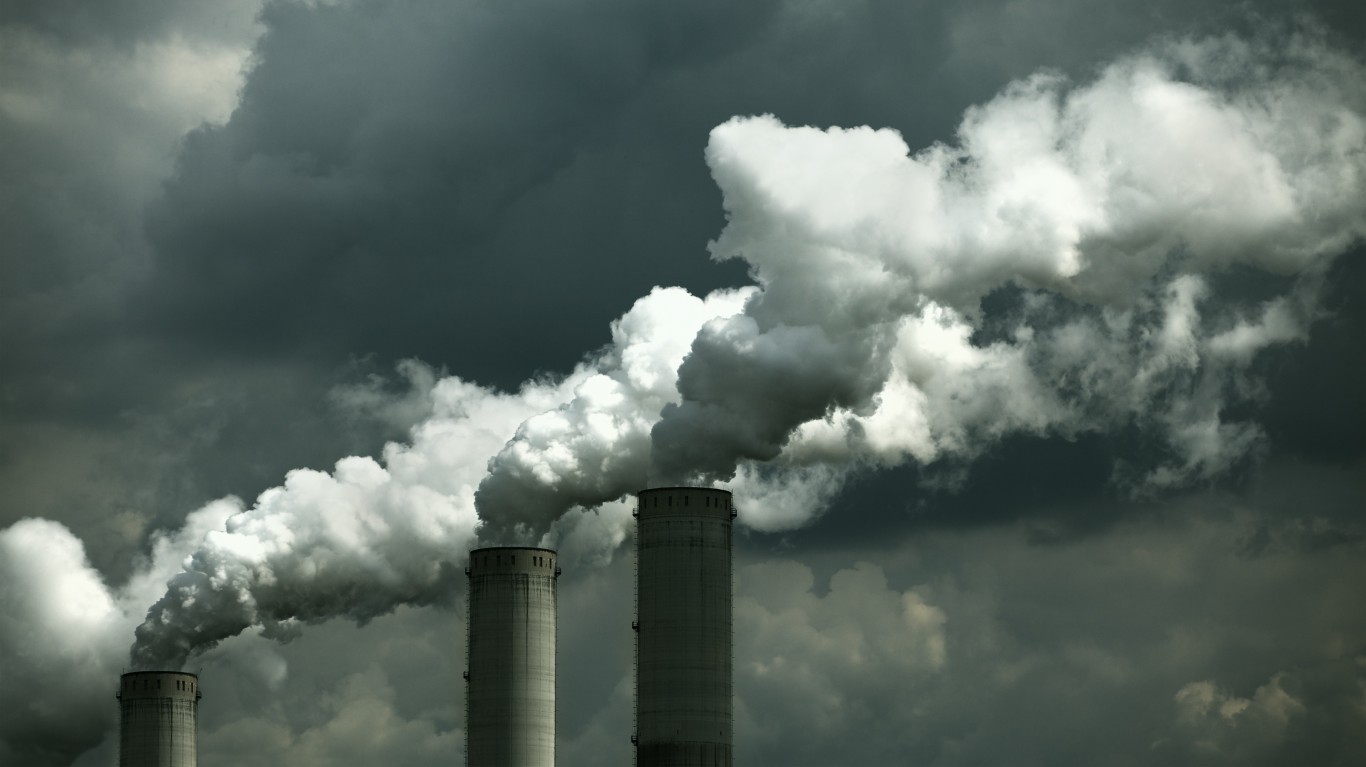
In today’s issue:
— As carbon prices reach record high, trading is growing worldwide. So is the controversy.
— China’s electric vehicles are coming to Germany. Could the U.S. be next?
— The dawn of the AI age is raising some fascinating new legal questions
— Constellation Energy CEO sees ‘holy grail’ opportunity in new IRA subsidies
— Elon Musk makes nice with California Gov. Gavin Newsom with new Tesla headquarters
— Plus, Europe’s energy sources aren’t as renewable as you think – a breakdown by country
Carbon prices hit a new high this week, rising above €100 ($106.33) in Europe and setting a new threshold for the price of pollution, which authorities hope will cause companies to find new ways to reduce their emissions as they get more expensive.
But the controversy over trading carbon is set to grow as well, with India launching a new exchange later this year to compete with ones in Europe, the U.S. and China. The new exchange will further, uh, muddy the debate about carbon trading in that it will not require companies to actually lower their emissions, tying them instead to national GDP growth.
The idea behind carbon trading is that by lowering the supply of contracts and pushing up the price, polluters in the industrial, oil and gas world will at some point find it cheaper to cut emissions or pay for technologies such as carbon removal and capture, which are coming down in price but are still generally over 100 euros.
While India is pitching its exchange trading system (ETS) more as a local decarbonization play than an international arbitrage opportunity, opponents of carbon trading will find rich material with which to complain that it’s more of a scheme to make money then to reduce harmful carbon dioxide emissions.
Carbon prices have risen about five-fold in the past three years, however, which for authorities is the intended direction of the strategy and for investors has proven a lucrative new bull market. Against that backdrop, and with energy markets roiled by Russia’s invasion of Ukraine, expect to see more trading opportunities in carbon in coming years, not less.
More insights below. . . .
Subscribe to Callaway Climate Insights to keep reading this post and get 7 days of free access to the full post archives.





